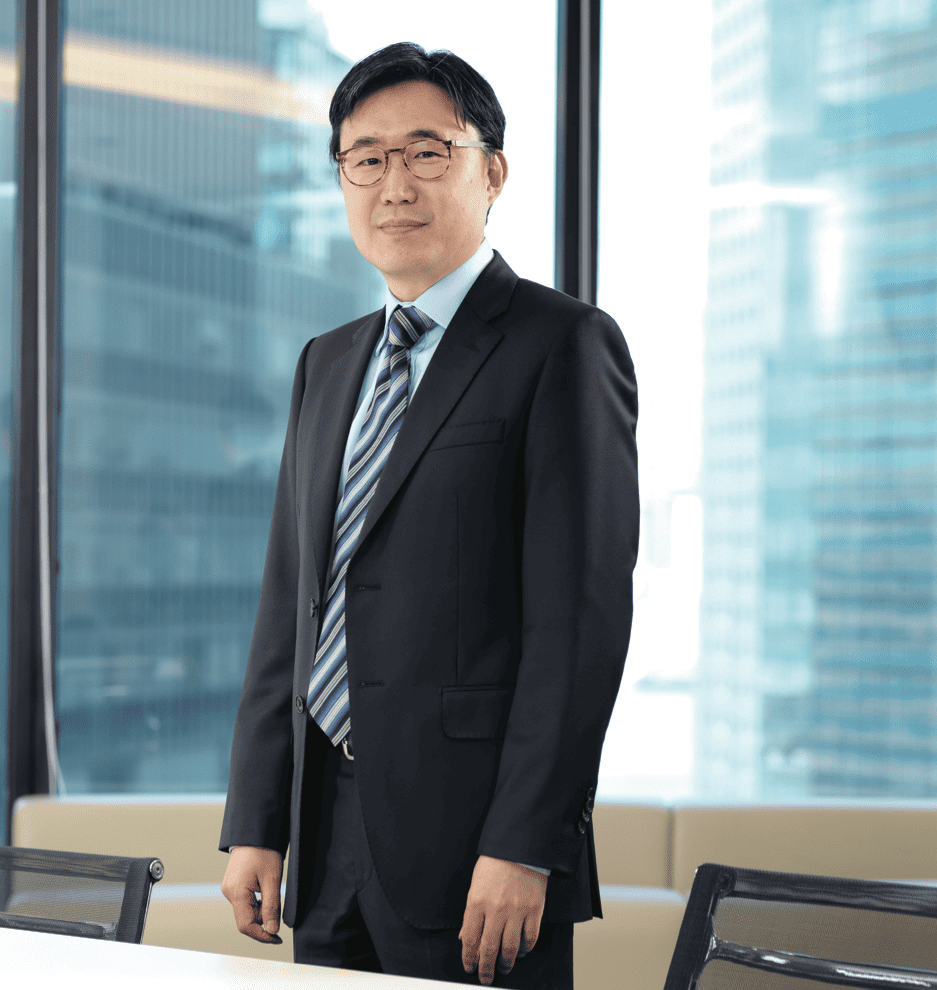South Korea | Country Report

One of Asia’s most powerful economies, South Korea is maneuvering deftly between even more powerful neighbors and allies.
China and South Korea agreed on the basic outline of a free-trade agreement (FTA) during the Asia-Pacific Economic Cooperation meeting in Beijing in mid-November 2014. The signing was only the latest signal by Seoul that its center of gravity is shifting toward its huge Asian neighbor and ever-so-slightly away from the US, its longtime military and economic ally.
South Korea’s trade with China in 2013 was $230 billion, more than double its trade with the US. Now with the FTA expected to come into effect this year, the benefit to South Korea’s economy stands to be greater than the boost received as a result of the US-Korea pact.
The US and South Korea inked their own trade agreement three years ago, and trade has grown significantly between the two partners.
Over the next two decades, China will remove tariffs from 91% of its goods, and Korea will remove tariffs from 92%. Their FTA will eventually boost South Korea’s GDP by 3.3% over that period, according to HSBC’s Hong Kong-based analyst Ronald Man.
With the conclusion of the pact with China, Korea has hammered out trade pacts with about two-thirds of its total export market, according to HSBC. “The wide coverage of Korea’s bilateral FTAs will leave the trade-dependent economy less dependent on joining the Trans-Pacific Partnership to boost trade,” writes Man. The US, which is the main driver of the TPP, has been urging Korea to join for some time. Both the US and China have separate comprehensive free-trade agreements (the pact China is pushing is called RCEP) they are promoting. What Korea appears to have brokered with the bilateral China FTA is independence.
It was never going to be easy for South Korea, being one of Asia’s most remarkably industrious countries, as the rivalry between China and the United States grew.
GFmag.com Data Summary: South Korea
Central Bank: Bank of Korea |
|||
|---|---|---|---|
|
International Reserves |
$ 366.6 billion |
||
|
Gross Domestic Product (GDP) |
$1,308 billion |
||
|
Real GDP Growth |
2011 3.7% |
2012 2.3% |
2013 3% |
|
GDP Per Capita—Current Prices |
$25,975.07 |
||
|
GDP—Composition By Sector* |
agriculture: 2.6% |
industry: 39.2% |
services: 58.2% |
|
Inflation |
2011 4% |
2012 2.2% |
2013 1.3% |
|
Public Debt (general government |
2011 31.7% |
2012 32.3% |
2013* 33.9% |
|
Government Bond Ratings |
Standard & Poor’s A+/Positive/A-1 |
Moody’s Aa3 |
Moody’s Outlook STA |
|
FDI Inflows |
2008 $9,773 million |
2009 $9,496 millionn |
2010 $12,221 million |
* Estimates
Source: GFMag.com Country Economic Reports, IMF
CORPORATE GROWTH
The country’s political and economic stability has been a boon for its companies, but it has also pushed a stronger won against the US dollar. The won has appreciated dramatically in 2014, as much as 6.3% against the US dollar in the third quarter, according to Korean Central Bank figures. According to Moody’s Investor Service, the most vulnerable industries to appreciate against the US dollar are automobiles, chemicals and construction. Samsung, too, in the technology sector has complained that a stronger won against the greenback is curtailing growth. The won’s rise against the yen will bring medium-to-high risks for Korea’s electronics makers and steelmakers, says Chris Park analyst at Moody’s Investors Service in Hong Kong.
OPPORTUNITIES IN BANKING
Given these pressures on businesses in many sectors, Korean banks’ struggles with asset quality come as no surprise. Bank exposure to lowering credit quality is more severe here than in other advanced economies, according to Graeme Knowd, the Japan-based associate managing director of the financial institutions group for Moody’s. By his reckoning, loans represented 73% of total assets of Korean banks at the end of 2013, while the average for other top industrial nations is between 40% and 50%.
But Jason Kim, bank equity analyst at KDB Daewoo Securities in Seoul, believes credit quality is slowly improving. “If you look at credit costs in Korea as a whole, they’ve been slowly diminishing following multiple rounds of corporate restructurings and at least five years of conservative provisioning,” he says. This sanguine view is seemingly belied by public indifference to recent privatization efforts. The government’s effort to sell its controlling stake in Woori Bank in a block sale worth about $2.7 billion was canceled on December 9 after only one bidder emerged.
The legacy of Korea Exchange Bank furnishes an example of how an institution under partial government stewardship can be transformed into a more competitive animal. Private equity group Lone Star bought a majority stake in troubled KEB in 2008, with the state retaining minority share. In early 2012, Hana Financial Group bought out Lone Star’s majority share and the minority stake owned by Export Import Bank of Korea.

KEB now occupies a largely unchallenged role in foreign exchange, accountable for more than 40% of all of Korea’s FX income. But it has continued to introduce new products that still gain it incremental market share. The bank has played a role in the internationalization of the renminbi by introducing FX products based on offshore renminbi, also known as CNH. These include CNH-denominated letters of credit as well as time deposits and money market products based on CNH. In an important recent development, and timed nicely with the public discussions over the FTA with China, KEB introduced its “Global RMB Loan” program in CNH, a suite of products to allow companies to manage import payments and to encourage Korean companies to invest in China directly.
According to Jin Uk Kim, manager of the financial institutions division at KEB, the bank’s top position in the market has helped it finesse the “difficult” business of introducing new FX products. “We continue to introduce three or four important new products a year. But in Korea, the banking market is highly regulated, making the structuring of new products complex.”
Innovation is emerging in the small to medium-size enterprise lending market, as well. Korean banks extend more credit to SMEs (42% of total loans) than to the nation’s biggest enterprises (14%). But this exposure also makes them more vulnerable to swings in SME fortunes. The smaller companies with export businesses—and in Korea that adds up to a lot—have higher exposure to the strong won because they are less diversified and have limited funding resources, compared with larger companies.
Hong Kongbased fixed-income specialist SC Lowy sees an opportunity stemming from better risk pricing for lending to SME clients in Korea: The investment bank acquired Shinmin Bank in early 2014 in one of the first instances of a foreign company’s gaining a full banking license in Korea. The new owners renamed the bank Choeun, the Korean word for “good.” SC Lowy’s co-founder Lee Soo Cheon himself became the managing director of the bank, while Lee Ho-Jun, formerly CEO of private equity firm Yuli PE, who also worked in the investment banking division of the Korea Development Bank, heads day-to-day operations as chief executive.
Why take on a savings bank in a country where banks are struggling? “It has upside potential for us,” says Lee. “It gives us long-term access to the Korean domestic debt market, as well as providing a local serving platform for our Korean assets.” The bank will focus on building its product offerings to capture more SME business—an increasingly sought-after segment by banks of all sizes across Asia as the region’s economy expands.
Korea is just the place to do that.



